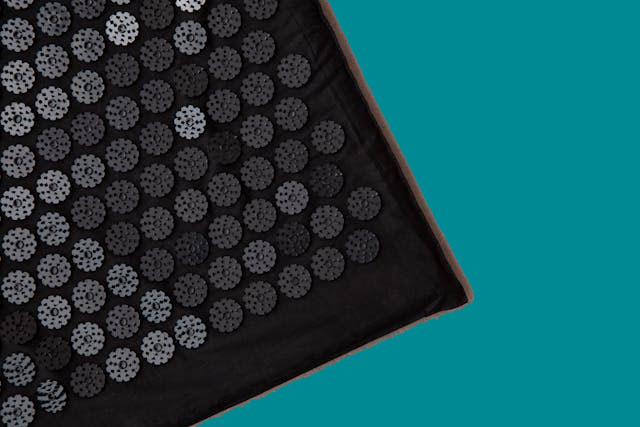The fundamentals of acupressure techniques and the methods of acupuncture are old remedial techniques deep-rooted in traditional Chinese medicine (TCM) that have been practiced for thousands of years. Acupressure practice acts by applying a certain degree of pressure to identified points on the body, known as acupoints, to promote relaxation, alleviate pain, and improve overall health conditions. We will be exploring its principles, mechanisms, applications, and efficacy in this article.

System of acupressure
The fundamentals of acupressure techniques are supposed to be based on Qi (pronounced “chee”), the vital life force that moves through the body along channels called meridians. According to TCM, health is a condition of balance and free-flowing Qi, whereas illness is the outcome of imbalances in this flow. Acupoints are specific locations on the meridians where Qi is available and can be influenced by stressing specific points. Specialists aim to restore the balance and flow of Qi, thus reassuring the health, healing, and overall condition of the patient. There are 12 principal meridians in the body, each related to a specific organ system.

Mechanisms of acupressure
1. Modulation of Nervous System: Acupressure may affect the autonomic nervous system by balancing the action of the sympathetic and parasympathetic nervous systems, which may account for its benefits in relaxation and stress relief.
2. Neurotransmitter and Hormonal Normalization: Acupuncture can trigger the release of neurotransmitters that control pain and generate relaxation, such as serotonin and endorphins.
3. Circulatory Enhancements: Applying pressure to specific acupoints may increase blood flow to those regions, enabling the removal of waste products from the body and the delivery of nutrients and oxygen. 4. Fascial Connectivity: According to some research, the body’s deeper structures may benefit from the mechanical signals transmitted by acupressure through the fascia, a network of connective tissue.
Procedures for acupressure
Specialists use various techniques to excite acupoints, including:
1. Finger pressure: applying steady, tender pressure using fingers, thumbs, or knuckles.
2. Palm pressure: using the palm to apply broader pressure, often for bigger muscle groups.
3. Massage: Incorporating circular or kneading motions to augment the effect.
4. Tools: using tools like acupressure balls, rollers, or sticks to target specific points or regions.
The pressure applied can vary from light touch to strong pressure, depending on the disorder being treated and the individual’s sensitivity.
Efficacy of Acupressure Techniques
Numerous research studies have examined the efficacy of acupressure in treating a wide range of conditions. Although the outcomes are not uniform, there is proof of its advantages.
Numerous conditions can be relieved using acupressure, including but not limited to:
1. Pain Management: Back pain, arthritis, migraines, and headaches may all be relieved by acupressure.
2. Sleep disorders: It works wonders for improving the quality of sleep and treating insomnia.
3. Anxiety and stress: It promotes relaxation and lessens symptoms associated with stress.
4. Respiratory Conditions: Sinusitis, allergies, and asthma can all benefit from acupressure.
5. Digestive Problems: Indigestion, constipation, nausea, and vomiting can all be treated with acupressure.
Conclusion of fundamentals of Acupressure techniques
Acupressure is a multipurpose, accessible therapeutic technique with roots in ancient traditional Chinese medicine. Fundamental acupressure techniques are exercised by applying pressure to definite acupoints along the body’s meridians. Specialists aim to restore the balance of Qi, promote health, and alleviate various disease conditions.
While the exact mechanisms remain a topic of research, evidence suggests that acupressure can be an effective corresponding therapy for pain management, reduction in stressful conditions, digestive system problems, and sleep disorder conditions. As scientific understanding advances, acupressure may gain broader acceptance and incorporation into modern healthcare practices. You may read further details on acupressure here.





